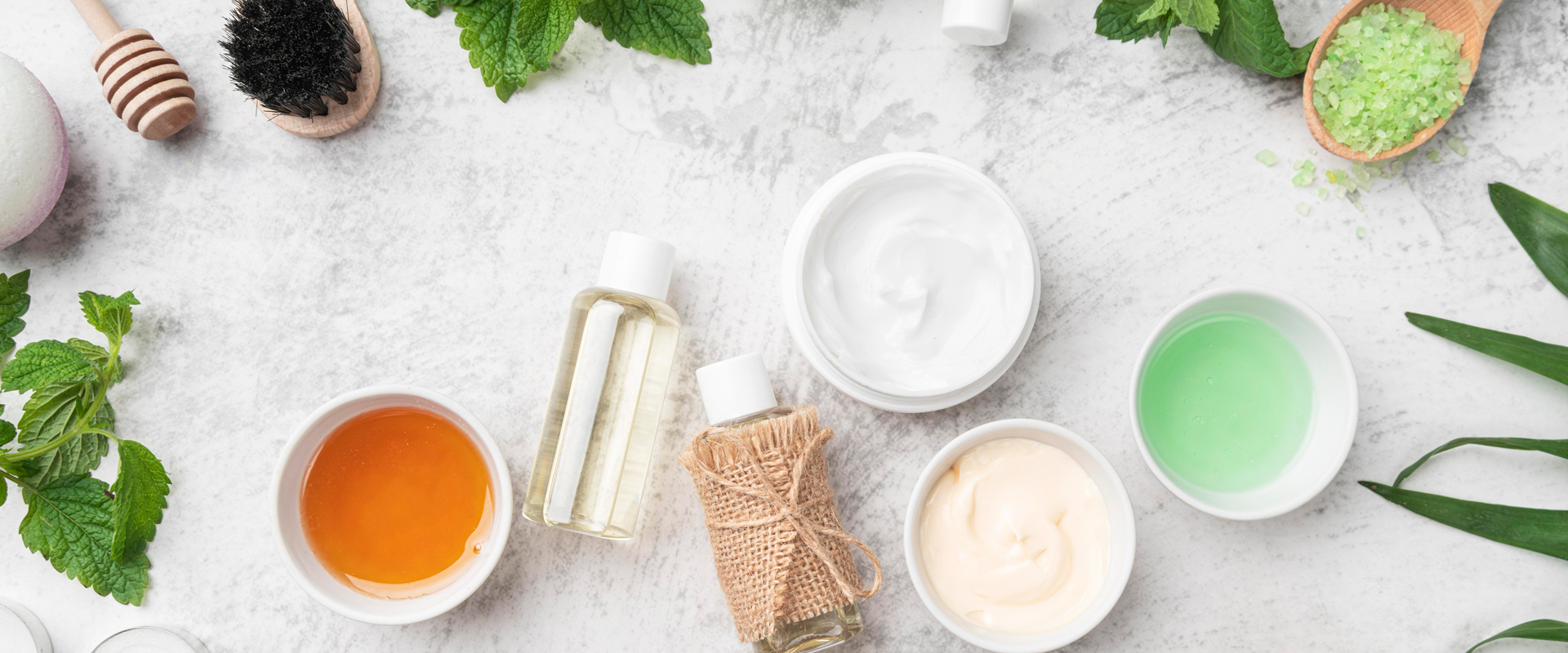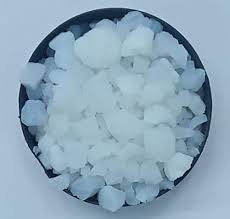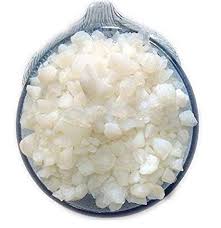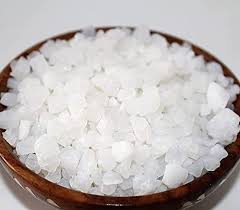
How to Use Banslochan and Giloy for Fever
Fever is a common bodily response to infections, inflammation, or immune imbalance. While conventional medicines offer quick relief, they often come with side effects and do not address the root cause. For centuries, Ayurveda has provided gentle, natural, and effective remedies that support the body’s healing mechanism without harming its balance.
One such powerful duo in Ayurvedic healing is Banslochan (Tabasheer) and Giloy (Tinospora cordifolia). Known for their antipyretic, anti-inflammatory, and immune-boosting properties, this herbal combination works in harmony with the body to reduce fever, detoxify, and restore energy.
In this detailed article from Dirghaanshi, we’ll explore how to prepare and use Banslochan and Giloy for fever, why this combination is highly recommended in traditional medicine, and how you can incorporate it safely for both adults and children.
🧾 Long Description
🌿 What is Banslochan?
Banslochan, also known as Tabasheer, is a silica-rich white substance found inside bamboo stems. It has been used for ages in Ayurveda to reduce body heat, support respiratory health, and calm inflammation.
Ayurvedic Properties of Banslochan:
Rasa (Taste): Madhura (Sweet), Kashaya (Astringent)
Virya (Potency): Sheetal (Cooling)
Effect on Doshas: Balances Pitta and Vata
This makes it especially effective for Pitta-related fevers, which are characterized by high temperature, burning sensation, and excessive thirst.
🌿 What is Giloy?
Giloy, known as Amrita in Ayurveda, means “the root of immortality.” It is one of the most versatile herbs in traditional medicine. Giloy is known for its antipyretic, immunomodulatory, anti-inflammatory, and antioxidant effects.
Ayurvedic Properties of Giloy:
Rasa: Tikta (Bitter), Kashaya (Astringent)
Virya: Ushna (Hot)
Effect on Doshas: Balances all three doshas, especially Vata and Pitta
Giloy is a go-to remedy for dengue, malaria, viral fever, typhoid, and seasonal flu. It supports the body in fighting infections naturally and helps in faster recovery.
🌿 Why Combine Banslochan and Giloy for Fever?
Banslochan cools down the body, reduces internal heat, and soothes inflammation.
Giloy fights infection, strengthens immunity, and speeds up healing.
Together, they offer a balanced remedy—cooling and calming, yet stimulating the immune system to function more effectively. This combination is safe, well-tolerated, and suitable for most body types.
🧪 How to Prepare Banslochan and Giloy Remedy for Fever
There are different ways to use Banslochan and Giloy for fever—either as a herbal decoction (kadha), powder mix, or capsule/tablet form. Below is a simple home remedy in the form of kadha (herbal drink).
🍵 Recipe: Banslochan-Giloy Kadha
Ingredients:
½ tsp Banslochan powder (purified)
1 tsp Giloy stem powder (or 4-inch fresh Giloy stem)
1 tsp Tulsi leaves (optional)
¼ tsp black pepper (helps absorption)
2 cups water
1 tsp honey (optional, after cooling)
🧑🍳 Preparation Method:
Add Giloy, black pepper, and Tulsi leaves to boiling water.
Simmer for 10–12 minutes until the water is reduced to half.
Turn off the heat and add Banslochan. Let it dissolve.
Strain and allow it to cool slightly. Add honey if needed.
Drink warm, twice a day during fever.
🕒 Dosage and Duration
Adults: 100–150 ml, twice daily
Children (above 5 years): 50 ml, once daily (consult Ayurvedic practitioner)
Duration: 3–5 days or until fever subsides
✅ Benefits of This Herbal Remedy
Benefit Role
Reduces body temperature Banslochan cools Pitta heat
Fights infection Giloy strengthens immunity
Calms inflammation Both herbs have anti-inflammatory effects
Detoxifies system Clears Ama (toxins) from the body
Improves recovery Speeds up healing and energy restoration
Prevents relapse Supports long-term immune health
⚠️ Precautions
Always use purified Banslochan (available at Ayurvedic stores).
Do not overdose—excess Banslochan can cause constipation.
People with autoimmune disorders or diabetes should consult a practitioner before using Giloy.
Avoid giving to infants or toddlers without expert advice.
If fever persists for more than 5 days, consult a physician.
🌼 Who Can Use This Remedy?
People suffering from viral fever, dengue, malaria, or seasonal flu
Those recovering from a long-term illness and looking to boost immunity
Individuals prone to recurrent infections or weakened immunity
Those looking for a natural, Ayurvedic alternative to OTC medications
🌿 Lifestyle Tips for Faster Recovery
For effective fever management, pair this herbal remedy with these simple lifestyle suggestions:
Rest and hydration: Drink warm water or herbal teas.
Light diet: Include khichdi, soups, and boiled vegetables.
Avoid spicy, fried, or cold foods.
Use steam inhalation with Tulsi and ajwain for congestion.
Do gentle breathing exercises once energy improves.
🧘♂️ Ayurvedic Perspective on Fever (Jwara)
In Ayurveda, fever is called Jwara and is considered the result of aggravated doshas, mainly Pitta and Vata, along with accumulated toxins (Ama). The Banslochan-Giloy combination works beautifully to address these imbalances and remove the root cause.
💬 Conclusion
Fevers are not just symptoms to be suppressed—they are signals from the body that something needs attention and cleansing. Instead of masking symptoms, Ayurveda supports the body’s natural healing intelligence.
By using herbs like Banslochan and Giloy, you can manage fever naturally, gently, and effectively without side effects. At Dirghaanshi, we believe in reviving the ancient knowledge of Jadi Butiyan to promote safe healing in modern lifestyles.
This powerful herbal duo is not only helpful during fever but also builds long-term immunity and inner strength. Embrace this wisdom and let your healing journey begin the natural way.










